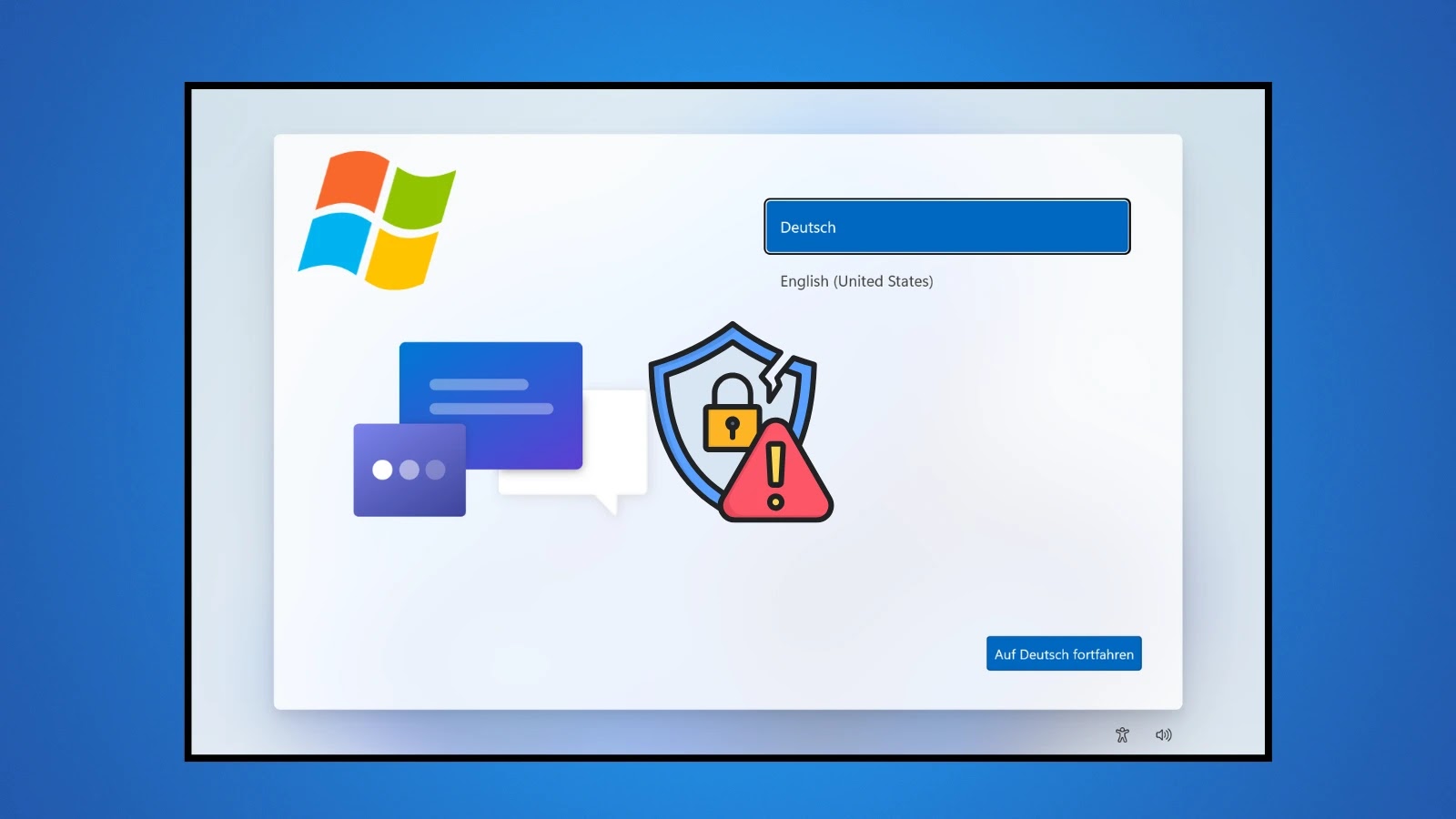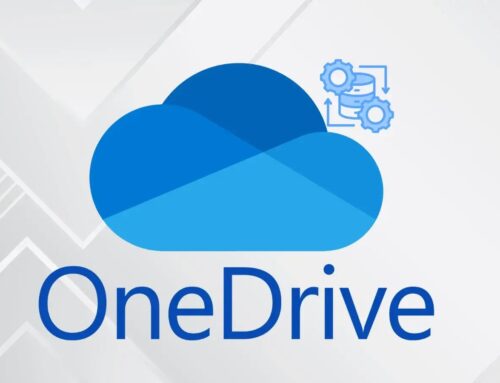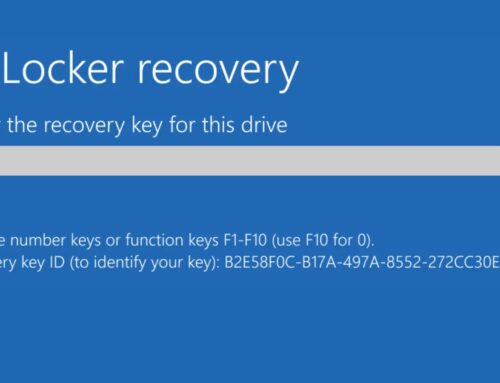
Breaking Windows Out-of-Box-Experience to Gain Command Line Access With Admin Privileges
Unmasking the Covert Access: Bypassing Windows OOBE for Admin Privileges
Imagine a freshly installed Windows machine, pristine and seemingly secure, yet fundamentally vulnerable from its very first boot. This is not a hypothetical scenario, but a stark reality for organizations relying on standard Windows deployments. A new method has come to light, exploiting the Windows Out-of-Box-Experience (OOBE) to provide unauthenticated command line access with administrative privileges. This isn’t just another clever trick; it bypasses existing security measures, including Microsoft’s recommended `DisableCMDRequest.tag` file, signaling a persistent and concerning gap in foundational Windows security.
The Achilles’ Heel: Windows OOBE Exploitation Explained
The Windows OOBE is designed to guide new users through initial system setup, from regional settings to user account creation. Traditionally, vulnerabilities during this phase have leveraged keyboard shortcuts like Shift + F10 to invoke a command prompt. Microsoft introduced the `DisableCMDRequest.tag` file specifically to block this common attack vector. However, the newly identified exploitation technique renders this defense moot.
This method circumvents the `DisableCMDRequest.tag` by targeting a different aspect of the OOBE process. While specific technical details of the new vector are still emerging, the critical takeaway is that an attacker can gain administrative command line access before a user account is even created or any security policies are fully enforced. This grants them a powerful foothold for further compromise, data exfiltration, or persistence mechanisms on the system.
Why This Threat Matters: Impact Assessment
The ability to gain administrative access during OOBE poses a significant threat, particularly in environments relying on fresh installations or rapid provisioning:
- Supply Chain Vulnerability: New devices distributed to employees or customers could be compromised before ever leaving the manufacturer or IT department.
- Zero-Day Compromise: Attackers can establish persistence before endpoint detection and response (EDR) solutions are fully operational or updated.
- Ransomware & Malware Delivery: With administrative access, deploying malicious payloads becomes trivial, bypassing initial system defenses.
- Data Exfiltration: Sensitive information present on the system before user login could be accessed and transferred.
Remediation Actions and Proactive Defenses
While a definitive patch from Microsoft is the ultimate solution, organizations can implement several proactive measures to mitigate the risks associated with this OOBE vulnerability:
- Post-Installation Hardening: Immediately after OOBE completion, restrict network access for new machines until comprehensive security scans and policy enforcements are applied.
- Endpoint Security Best Practices: Ensure all endpoint protection platforms (EPP) and EDR solutions are fully deployed, updated, and configured for maximum protection, even on newly provisioned systems.
- Physical Security: Limit physical access to new systems during the OOBE phase, as this attack often requires direct interaction with the machine.
- Network Segmentation: Isolate new systems undergoing setup on a segmented network until they are fully hardened and integrated into the enterprise environment.
- Stay Informed: Monitor official security advisories from Microsoft and reputable cybersecurity news sources for updates and potential CVE assignments related to this OOBE bypass.
Monitoring and Detection Tools
While direct detection of the OOBE bypass may be challenging during the initial boot sequence itself, post-exploitation activity can often be identified using robust security tools:
| Tool Name | Purpose | Link |
|---|---|---|
| Sysmon | Advanced system activity monitoring and logging (creation of processes, network connections, file modifications). | https://learn.microsoft.com/en-us/sysinternals/downloads/sysmon |
| Windows Event Log | Native OS logging of security and system events. | https://learn.microsoft.com/en-us/windows/security/threat-protection/auditing/basic-security-audit-policy-settings |
| Microsoft Defender for Endpoint (MDE) | Comprehensive EDR platform for threat detection, investigation, and response. | https://learn.microsoft.com/en-us/microsoft-365/security/threat-protection/auditing/basic-security-audit-policy-settings |
| Splunk / ELK Stack | SIEM platforms for centralized log aggregation, correlation, and analysis. | https://www.splunk.com/ https://www.elastic.co/elastic-stack |
Looking Ahead: The Evolving Landscape of OOBE Vulnerabilities
This OOBE bypass underscores a critical truth: even the earliest stages of a system’s lifecycle can harbor profound security weaknesses. The persistence of vulnerabilities in the OOBE, despite previous attempts at remediation, indicates that more comprehensive and fundamental changes may be required in how Windows handles initial setup and privilege escalation. Organizations must remain vigilant, prioritize foundational security, and adopt a “assume breach” mindset, even for brand-new systems.
While no specific CVE has been publicly assigned to this new OOBE bypass at the time of this writing, security professionals should monitor resources like https://cve.mitre.org/index.html for potential assignments (e.g., a hypothetical CVE-2023-XXXXX) as more details emerge and official patches are released.





